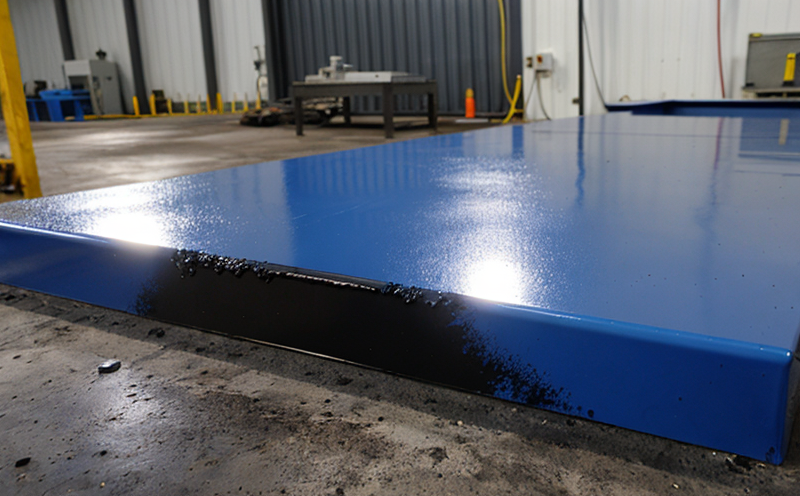ISO 2360 Coating Thickness by Eddy Current Method
The ISO 2360 standard specifies a non-destructive method to determine the thickness of thin metallic coatings using the eddy current testing technique. This methodology is widely recognized for its accuracy and reliability, making it an essential tool in metallurgy and material science.
For materials like copper, nickel, zinc, tin, and alloys thereof, this standard provides a robust framework for coating thickness measurement. The test involves subjecting the specimen to alternating electromagnetic fields which generate eddy currents within the sample. Variations in these currents are directly proportional to changes in coating thickness, allowing accurate measurements.
The Eddy Current Method is particularly advantageous because it offers fast and precise results without damaging the substrate or coating. It operates on relatively simple equipment but requires careful calibration for optimal performance. The technique can handle various specimen sizes ranging from small parts to large sheets.
Calibration plays a crucial role in ensuring accurate measurements according to ISO 2360. Calibration standards include reference specimens with known thicknesses used to adjust the instrument's sensitivity and accuracy. Regular maintenance checks ensure consistent results over time.
The process begins by selecting appropriate calibration standards that match the expected range of coating thickness on your specific samples. Specimen preparation involves cleaning surfaces thoroughly, removing any foreign materials such as oils or residues.
Instrumentation
To perform this test effectively, you need specialized eddy current testing devices capable of generating high-frequency alternating fields and detecting resulting eddy currents. These instruments come in different forms depending on the type of inspection required—portable hand-held units for field applications or benchtop models suitable for laboratory settings.
Calibration
Before starting any measurement, it's necessary to calibrate the instrument using reference materials with precisely known thicknesses. This step ensures that all subsequent readings align accurately with actual values.
Data Collection & Reporting
After completing the measurements, collect data points representing coating thickness at various locations across each specimen. Present these results as a histogram or scatter plot graphically illustrating distribution patterns.
The final report should include details about the test setup, including equipment used, calibration procedures followed, and any relevant environmental factors that might have influenced outcomes. It also lists key findings such as average coating thickness along with standard deviations.





